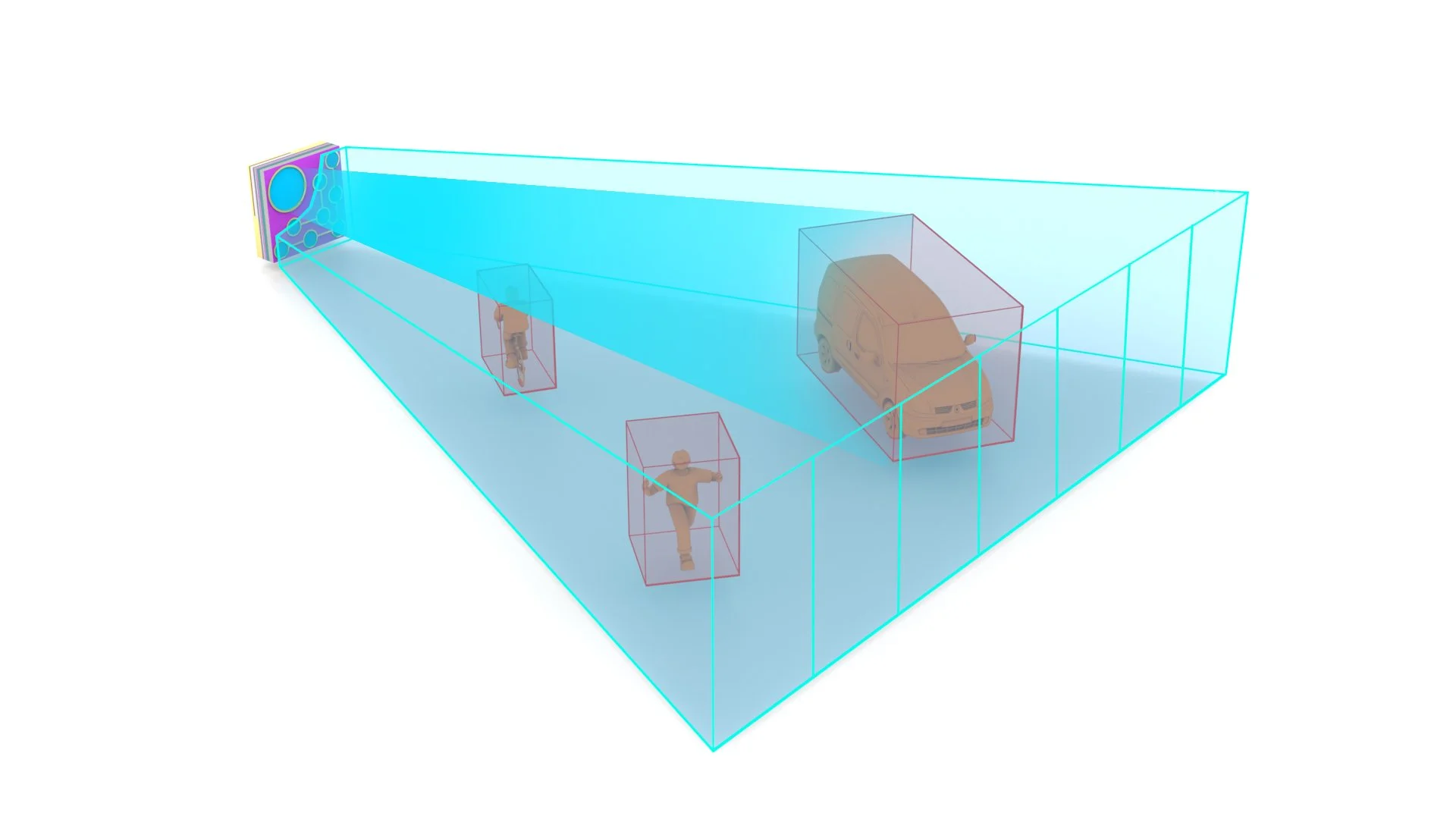Advancements in 3D Sensing VCSELs: What to Expect in 2024
The Basics of 3D Sensing VCSELs
What is a VCSEL?
A VCSEL, or Vertical-Cavity Surface-Emitting Laser, is a type of semiconductor laser diode. Unlike conventional edge-emitting lasers, VCSELs emit light perpendicular to the surface of the fabricated chip. This unique structure allows for higher efficiency and integration into compact devices.
How VCSELs Work in 3D Sensing
In 3D sensing, VCSELs emit infrared light, which bounces off objects and returns to a sensor. The time it takes for the light to return helps calculate the distance and create a precise 3D map of the surroundings. This process is known as Time-of-Flight (ToF) measurement.
Key Benefits of Using VCSELs
VCSELs offer numerous benefits for 3D sensing applications:
High Precision: They provide accurate distance measurements essential for detailed 3D mapping.
Energy Efficiency: VCSELs consume less power, which is critical for battery-operated devices.
Compact Size: Their small form factor makes them ideal for integration into smartphones and other compact devices.
Current Applications of 3D Sensing VCSELs
Consumer Electronics
In consumer electronics, 3D sensing VCSELs are widely used in facial recognition systems, enhancing security and user experience in smartphones and tablets.
Automotive Industry
The automotive sector employs 3D sensing VCSELs for advanced driver-assistance systems (ADAS), enabling features like adaptive cruise control, lane-keeping assistance, and collision avoidance.
Healthcare Sector
In healthcare, 3D sensing VCSELs are used for medical imaging and diagnostics, providing precise measurements and improving the accuracy of various medical procedures.
Industrial Automation
In industrial automation, 3D sensing VCSELs facilitate the automation of tasks by providing accurate spatial data, which is crucial for robotic operations and quality control.
Recent Advancements in 3D Sensing VCSELs
Enhanced Precision and Accuracy
Recent innovations have significantly improved the precision and accuracy of 3D sensing VCSELs. These advancements allow for more detailed and reliable 3D mapping, crucial for applications requiring high accuracy.
Improved Energy Efficiency
Energy efficiency is a critical area of development. The latest VCSELs consume even less power, extending the battery life of portable devices and reducing the energy footprint of larger systems.
Miniaturization of VCSELs
Ongoing miniaturization efforts have led to smaller, more compact VCSELs. This development is particularly important for wearable technology and other applications where space is at a premium.
Cost Reduction Strategies
As production techniques improve, the cost of manufacturing VCSELs continues to decrease. This reduction makes 3D sensing technology more accessible to a broader range of industries and applications.
The Future of 3D Sensing VCSELs in 2024
Emerging Trends in 3D Sensing VCSEL Technology
As we look to 2024, several trends are emerging in the 3D sensing VCSEL space. These include the integration of AI to enhance data processing and the development of multi-functional sensors that combine various sensing capabilities in a single device.
Expected Technological Breakthroughs
Technological breakthroughs expected in 2024 include advancements in wavelength tuning, which will improve the versatility and functionality of VCSELs. Additionally, new materials and fabrication techniques will further enhance performance and reduce costs.
Market Growth Predictions
The market for 3D sensing VCSELs is set to grow significantly. With increasing demand in consumer electronics, automotive, healthcare, and industrial automation, the market is projected to expand at a robust pace, offering ample opportunities for innovation and application.
Impact on Various Industries
Revolutionizing Augmented Reality (AR) and Virtual Reality (VR)
3D sensing VCSELs are poised to revolutionize AR and VR by providing more immersive and interactive experiences. Enhanced precision and reduced latency will make virtual environments more realistic and engaging.
Advancements in Automotive Safety
In the automotive industry, 3D sensing VCSELs will play a pivotal role in the development of fully autonomous vehicles. These sensors will improve the accuracy and reliability of obstacle detection and navigation systems, making self-driving cars safer and more efficient.
Innovations in Healthcare Diagnostics
The healthcare sector will benefit from improved diagnostic tools and medical imaging devices powered by 3D sensing VCSELs. These advancements will enable earlier detection of diseases and more precise treatment plans.
Transformations in Industrial Processes
In industrial settings, 3D sensing VCSELs will enhance automation and quality control processes. Accurate spatial data will facilitate the development of smarter, more efficient manufacturing systems.
Ace Photonics' Role in the 3D Sensing VCSEL Market
Overview of Ace Photonics
At Ace Photonics, we are at the forefront of 3D sensing VCSEL technology. Our commitment to innovation and quality has positioned us as a leader in the market.
Our Product Line
We offer a comprehensive range of VCSEL products designed for various applications, from consumer electronics to industrial automation. Our products are known for their reliability, performance, and affordability.
Customized Services for Clients
Understanding that every client has unique needs, we provide customized services to tailor our solutions to specific requirements. Whether it's a bespoke VCSEL array or a specialized integration, Ace Photonics is equipped to deliver.
Challenges and Solutions in 3D Sensing VCSEL Development
Overcoming Technical Hurdles
Developing advanced 3D sensing VCSELs involves overcoming several technical challenges, including improving beam quality and increasing operational stability. Through continuous R&D, these hurdles are being addressed.
Addressing Market Demands
As market demands evolve, staying ahead requires adaptability and innovation. By closely monitoring industry trends and feedback, Ace Photonics ensures our products meet and exceed market expectations.
Ensuring Compatibility and Integration
Ensuring seamless integration of VCSELs into various systems is critical. Our team works diligently to ensure our products are compatible with existing technologies and can be easily integrated into new developments.
Conclusion
The advancements in 3D sensing VCSELs are set to bring about transformative changes across multiple industries. From enhancing AR and VR experiences to improving automotive safety and healthcare diagnostics, the potential applications are vast. As we move into 2024, the future of 3D sensing VCSEL technology looks incredibly promising, with Ace Photonics leading the charge in innovation and development.



